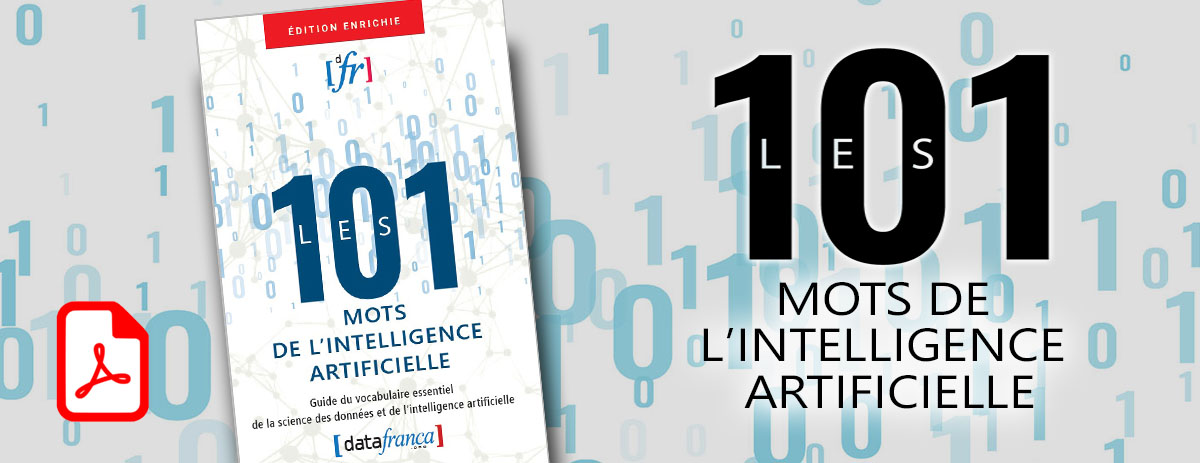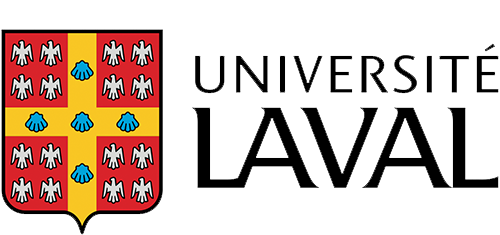|
Balises : Nouvelle redirection Éditeur de wikicode 2017 |
| (6 versions intermédiaires par le même utilisateur non affichées) |
| Ligne 1 : |
Ligne 1 : |
|
| |
|
| == Domaine ==
| | #REDIRECTION[[Apprentissage incrémental]] |
| [[Category:Vocabulary]] | | [[Catégorie:ENGLISH]] |
|
| |
| == Définition ==
| |
|
| |
|
| | | [https://en.wikipedia.org/wiki/Glossary_of_artificial_intelligence Source : Wikipedia] |
|
| |
| | |
| == Termes privilégiés ==
| |
| | |
|
| |
|
| |
|
| |
|
| |
| == Anglais ==
| |
| | |
| === Incremental learning ===
| |
| computer science, incremental learning is a method of machine learning, in which input data is continuously used to extend the existing model's knowledge i.e. to further train the model. It represents a dynamic technique of supervised learning and unsupervised learning that can be applied when training data becomes available gradually over time or its size is out of system memory limits. Algorithms that can facilitate incremental learning are known as incremental machine learning algorithms.
| |
| | |
| Many traditional machine learning algorithms inherently support incremental learning, other algorithms can be adapted to facilitate this. Examples of incremental algorithms include decisions trees (IDE4,[1] ID5R[2]), decision rules,[3] artificial neural networks (RBF networks,[4] Learn++,[5] Fuzzy ARTMAP,[6] TopoART,[7] and IGNG[8]) or the incremental SVM.[9]
| |
| | |
| The aim of incremental learning is for the learning model to adapt to new data without forgetting its existing knowledge, it does not retrain the model. Some incremental learners have built-in some parameter or assumption that controls the relevancy of old data, while others, called stable incremental machine learning algorithms, learn representations of the training data that are not even partially forgotten over time. Fuzzy ART[10] and TopoART[7] are two examples for this second approach.
| |
| | |
| <br/>
| |
| <br/>
| |
| <br/>
| |
| <br/>
| |
| <br/>
| |
| <br/>
| |
| <br/>
| |










